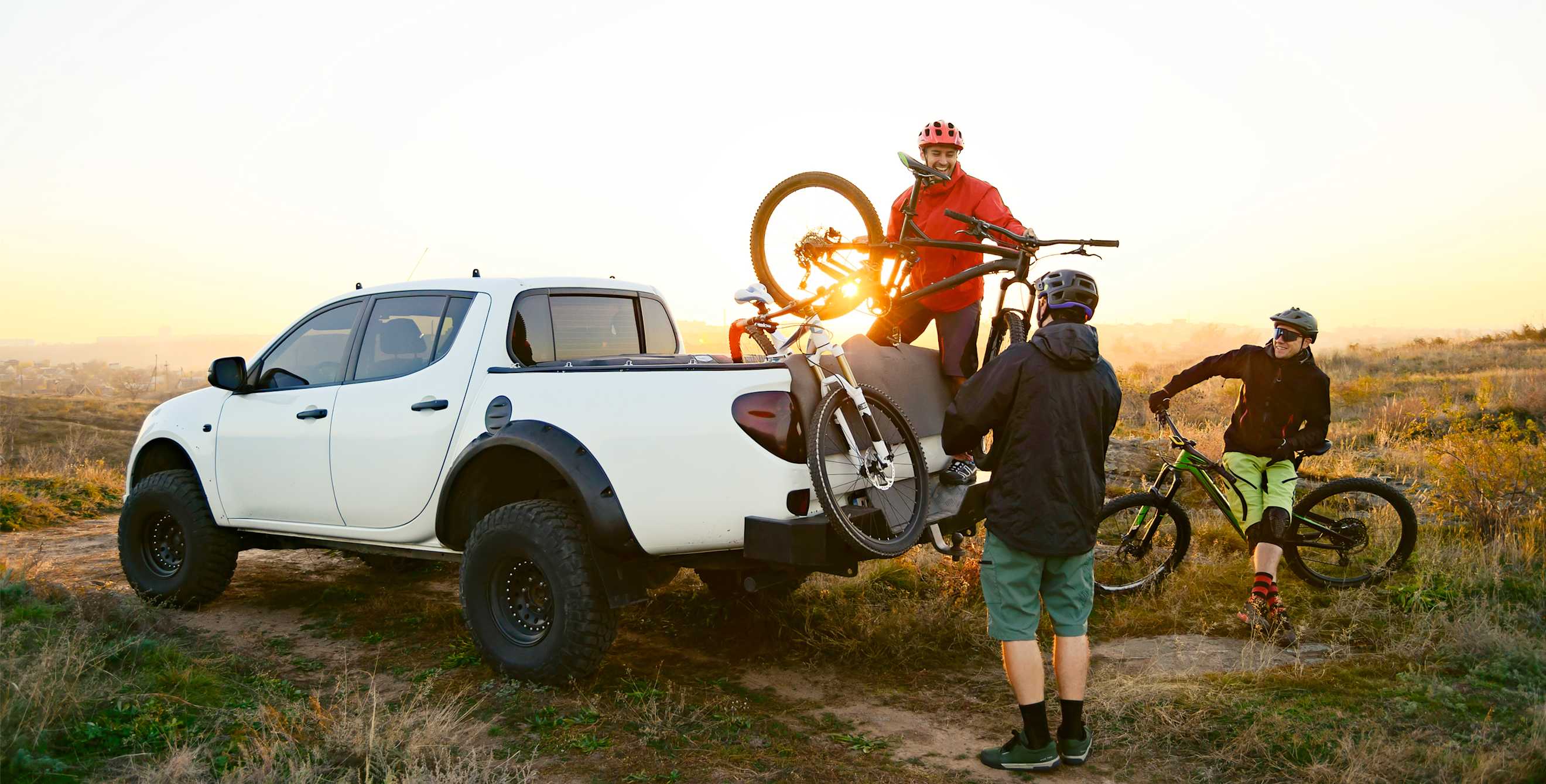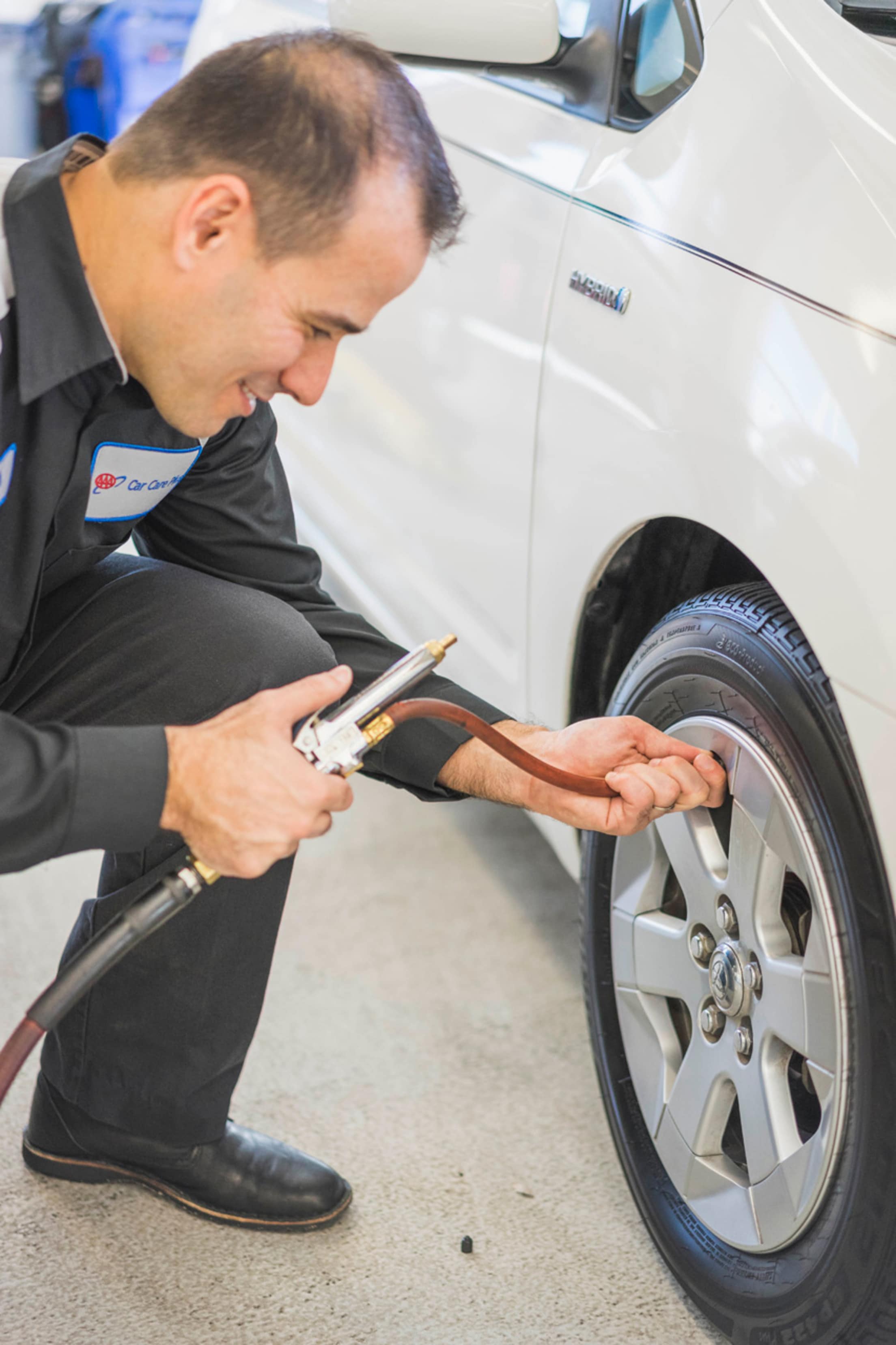
Don’t Fall for These 10 Car Myths
Are EVs really more expensive to own?

From the proper interval to change your oil to the rise of self-driving cars, there are a lot of myths and old truths that haven’t aged well about car maintenance and driving. Let’s set the facts straight.
Myth: Electric vehicles don’t require any maintenance.
Electric cars do require maintenance, but that maintenance is significantly less than what internal combustion engine (ICE) vehicles need. You’ll still need to check your tire pressure, rotate your tires, replace your cabin filter, get a wheel alignment, replace your brakes when they wear down, and in some EVs, you’ll need to replace the air conditioning desiccant.
Myth: You don’t need to pay attention with self-driving or ADAS.
With the increasingly standard advanced driver assistance systems (ADAS) and self-driving features, drivers may think that their careful attention isn’t as necessary, as the car will warn them or correct course. But that’s certainly not the case, at least not yet. “Nothing can replace human response and reaction, especially when the self-driving system malfunctions without warning,” says Darren McLea, director of Auto Repair Operations at AAA NCNU.
Myth: Leaving your tailgate down saves on gas.
The theory is that leaving the tailgate down allows a truck to be more aerodynamic, increasing fuel efficiency. But Consumer Reports found that leaving a truck's tailgate down actually decreases fuel efficiency so you ultimately have to refuel more often. In addition, installing a tonneau cover has a similar negative impact. When the bed is empty, it’s best to leave it uncovered and with the tailgate up.

Myth: You have to change your oil every 3,000 miles or 3 months, whichever is first.
While some cars do require quarterly oil changes, many newer cars have significantly longer maintenance intervals. If your vehicle requires synthetic oil, chances are that you can go 5,000 miles or more before needing another oil change. Check your owner's manual. The maintenance table will outline exactly how often you need to change the oil.
Myth: EVs are expensive to own.
While the list price of an electric car, when compared to an entry-level ICE vehicle, is higher, “everything has a balance,” says McLea. “A higher initial purchase price is balanced by lesser maintenance intervals and costs.” A 2019 AAA study found that when comparing overall ownership costs, including purchasing price, maintenance, and fuel/electricity, a new compact electric car costs just $50 more per month to operate in the first 5 years than its ICE counterpart. As more electric cars are produced and gas prices continue to rise, it’s likely that this cost of ownership will level out or even drop below an ICE vehicle.

Myth: Red cars are more expensive to insure.
Red cars are not more expensive to insure. Additionally, red cars don’t get more speeding tickets than cars of other colors. However, some red cars may cost more to buy if the manufacturer has a surcharge for “specialty” colors. For example, the 2022 Toyota CHR costs an extra $425 for standard red.
Myth: You don’t need to use the e-brake or parking brake when you park.
Using your parking brake when parking your vehicle does have benefits—two in fact. “First, if the transmission park gear failed, the car could roll away if the parking brake is not applied,” says McLea. “Second, applying the parking brake and then shifting to park takes added stress off of the transmission and can prolong its life and avoid costly repairs.” On the flip side, if you are storing your car or not driving it for long periods, do not engage your parking brake to avoid your parking brake seizing, or your brake pads rusting to your rotors.

Myth: Your tires should be inflated to the number listed on each tire's sidewall.
“A single tire make, model, and size can be used on several different types of vehicles of varying weights and requirements,” says McLea. “The number on the sidewall is a max inflation pressure for the tire, not the car.” Instead of looking at the tire, look at the tire information sticker on the driver's door jam, or in your owner's manual. The vehicle manufacturer's recommended tire pressure is optimized for safety, traction, and fuel efficiency in the specific vehicle you are driving.
Myth: It’s ok to drive on winter tires all year long.
Winter tires are not designed to be driven when it’s regularly over 40 degrees outside. In conditions beyond their recommended weather and temperature, winter tires have a longer stopping distance, harder handling, and they wear out faster. You should install winter tires only after the temperature drops below 40 degrees (and stays there), and remove them once the temperature is regularly above 40 degrees. As for studded winter tires, “Many regions actually have date ranges when it is acceptable to drive with studded tires,” says McLea. “Outside these dates it is illegal and drivers can be cited.” This is largely because studded tires damage road surfaces, but they can also make driving on clear roads more dangerous. Studded tires are only effective when the ground is covered with ice, not snow, and they can decrease traction when used on wet or dry roads.
Myth: A car under warranty needs to be serviced at the dealer or the warranty is voided.
While some dealerships may want you to think that you have to get your car fixed there in order to maintain warranty coverage, that’s blatantly false. “Services can be performed at any shop,” says McLea. You are required to do the maintenance indicated in the owner's manual, or you may find your warranty claim denied due to neglecting your vehicle. “Drivers should save all receipts in the instance that there is ever a warranty issue.”